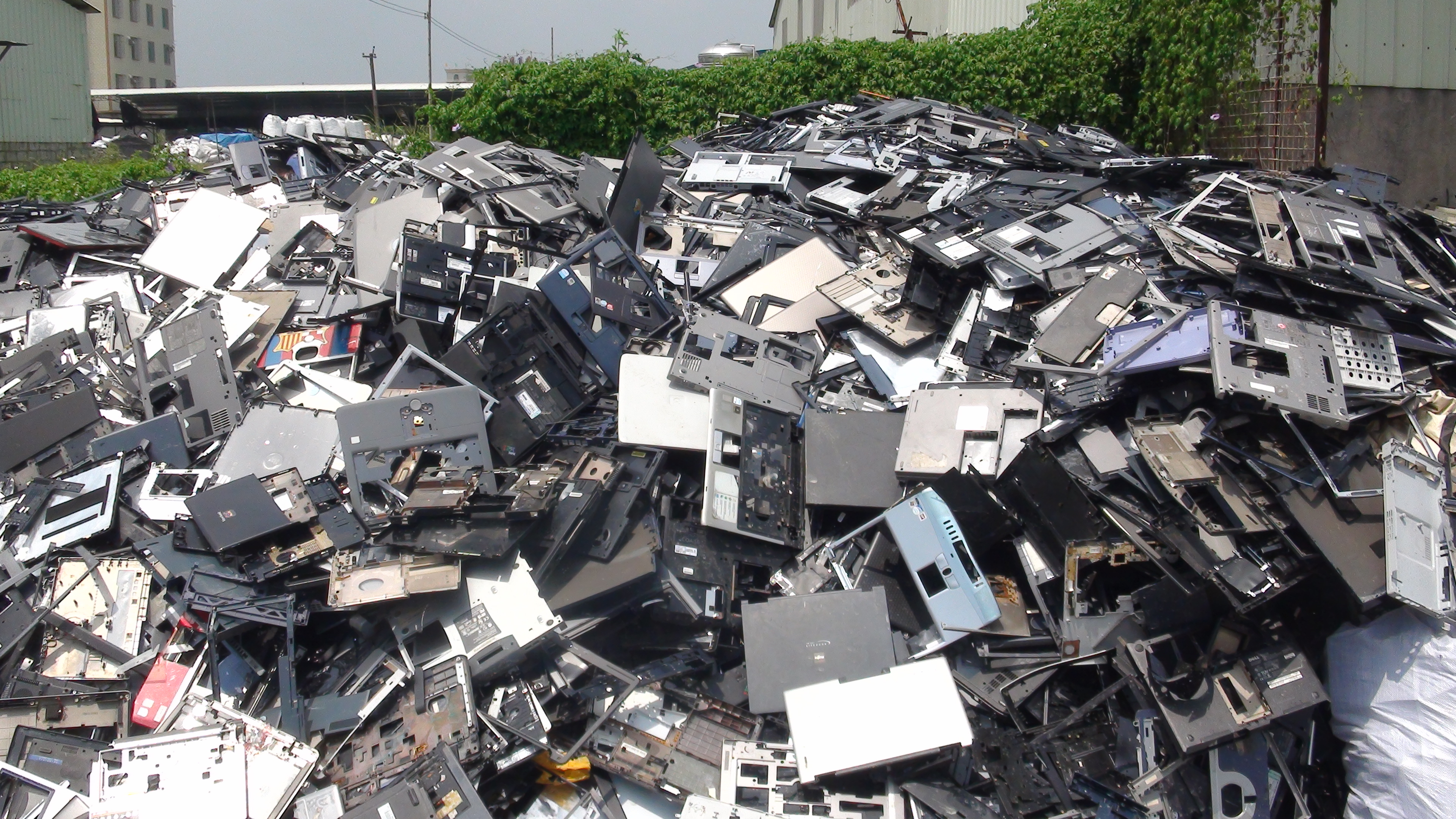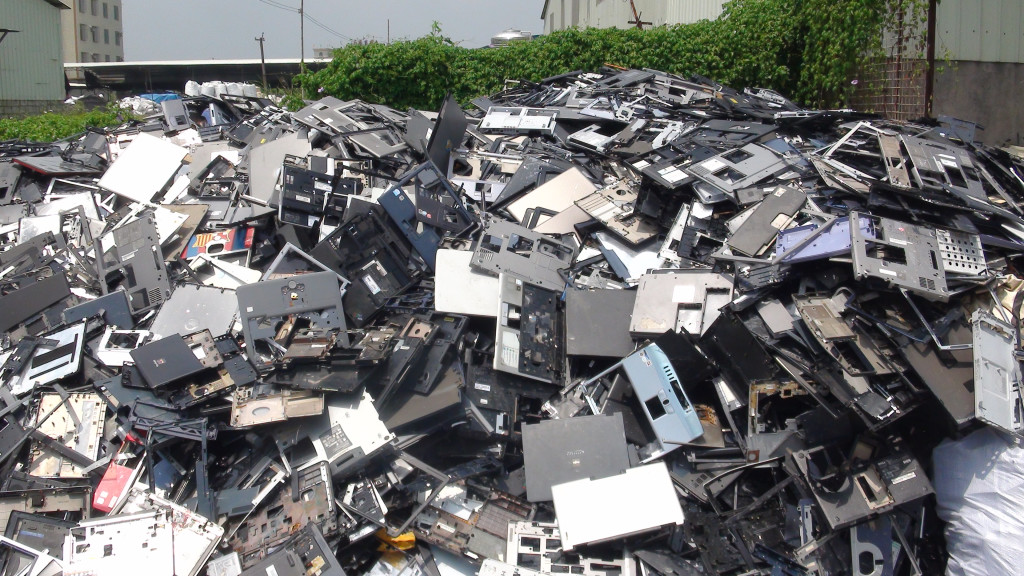This article is written by Pragya, a student of New Law College, BVP, Pune.
Introduction
Advancements in information technology have brought changes in the ways of living in human civilization. The industrial revolution of 18th century threw open a new era of development. People have started organizing their lives in a better way. These developments have helped the human civilization to grow in a more efficient manner. Each coin has two sides- positive and negative. Every development has its pros and cons. These new developments in the information technology have also led to many serious health related problems and the problem of management of E-waste. The problem of E-waste is the most debated issue amongst the environmentalists. Both developed and developing countries are facing this problem and India is no exception. These hazardous wastes from the electronic sector pose a great threat to human civilization and it requires mutual co-ordination from all the people of society for its effective and efficient management.
According to the Basel Convention, wastes are substances or objects, which are disposed of or are intended to be disposed of, or are required to be disposed of by the provisions of national laws.[1] Wastes can be of various kinds like municipal wastes, household wastes, organic wastes, metallic wastes, bio- medical wastes, radioactive wastes and so on. People are required to discard these wastes in a proper manner as they pose a threat to environment and society. Radioactive wastes remain active for many years and they require special management. So, the management of waste is the concern of most of the developing countries.
What is E-waste?
One of the key global activities includes manufacturing and production of electrical and electronic goods (EEE).The major factor which contributes to the increased production and consumption of electrical and electronic goods is rapid economic growth and development in addition with urbanization and globalization. This rapid increase in consumption of electrical and economic goods has also lead to generation of E-waste which is very hazardous. E-waste which is also known as Waste Electrical and Electronic Equipment (WEEE) is one of the serious outcomes of the progress of Information Technology. The major issue with E-waste is that it has no standard definition. Every country has formulated its own definition.
In India, E-waste is covered in Schedule 3 of “The Hazardous Wastes (Management and Handling) Rules, 2003”. Under Schedule 3, E-waste is defined as “Waste Electrical and Electronic Equipment including all components, sub-assemblies and their fractions except batteries falling under these rules.”
The major cause of E-waste is the changing technology. Electrical and Electronic goods become obsolete by the change in technology. People tend to change them with changing technology. This has resulted in accumulation of large amounts of E-waste. For example- If I have bought a smartphone in the year 2014 and there are technological advancements in 2015 like an upgraded version of android or features like 4G, I will change my smartphone and buy a latest one.
E-Waste Management: – Indian Scenario
The Information Technology Industry of India has seen a massive growth during the 1990’s. It has also intensified the problem of E-waste in India. Sixty-five cities in India generate more than 60% of the total E-waste generated in India. Ten states generate 70% of the total E-waste generated in India. Maharashtra ranks first followed by Tamil Nadu, Andhra Pradesh, Uttar Pradesh, West Bengal, Delhi, Karnataka, Gujarat, Madhya Pradesh and Punjab in the list of E-waste generating states in India. Among the top ten cities generating E-waste, Mumbai ranks first followed by Delhi, Bangalore, Chennai, Kolkata, Ahmedabad, Hyderabad, Pune, Surat and Nagpur. The problem of management of E-Waste in India is two-fold:-
- The recycling of E-Waste is not proper in India. The workers have low literacy and are unaware of the potential hazards arising out of the E-waste. These workers are poor and they include women and children who are more vulnerable to the hazardous effects of E-waste.
- India is also a dumping ground of the E-waste of developed countries as they sell their obsolete electrical and electronic waste in Indian Markets.
Due to these irregularities the management of E-Waste in India is very improper. For example:- If there is a Supervisor of the Company who has no knowledge about the E-waste and there are obsolete computers lying in the company which are not in the working condition and cannot even be resold he will simply put them in the warehouse. This is the policy of ‘Out of Sight, Out of Mind’.
E-Waste: – Environmental Aspects
If the E-waste is not disposed of properly it can be very hazardous to the environment. E-waste comprises of many chemicals such as arsenic, cobalt, copper, lead etc. which can cause serious illness amongst people. For example- The Cobalt-60 radiation tragedy at Mayapuri in Delhi in which one person lost his life and six persons were admitted to hospital draws attention to the fact of the serious environmental issues arising out of the improper disposal of the E-Waste.
E-Waste: – Legal Position in India
Although there are legislations to regulate the disposal and management of E-waste in India, there is no proper implementation of these legislations. The various legislations enacted by the Government of India are:-
- The Hazardous Wastes (Management and Handling) Amendment Rules, 2003;
- Guidelines for Environmentally Sound Management of E-waste, 2008; and
- The e-waste (Management and Handling) Rules, 2011.
Following Supreme Court directions, the states have notified a set of hazardous waste laws and built a number of hazardous waste disposal facilities in the last ten years. However, the CAG report found that over 75 per cent of state bodies were not implementing these laws.[2]
Conclusion
The problem of proper disposal and management of E-Waste requires the Government authorities to enact strict regulatory laws. The problem has reached at an alarming stage. There should be proper guidelines and the Government must enact a regulatory body to ensure proper implementation of such guidelines. The E-waste have to be disposed of properly else they will turn out into a menace killing a lot of people and causing serious health problems to many others.
[1] Text of the Basel Convention on the Control of Transboundary Movements
of Hazardous Wastes and Their Disposal, UNEP, Geneva, Switzerland, p.6,
[2] Research Foundation for Science, Technology and Natural Resource Policy Vs Union of India and Others, AIR 1995











